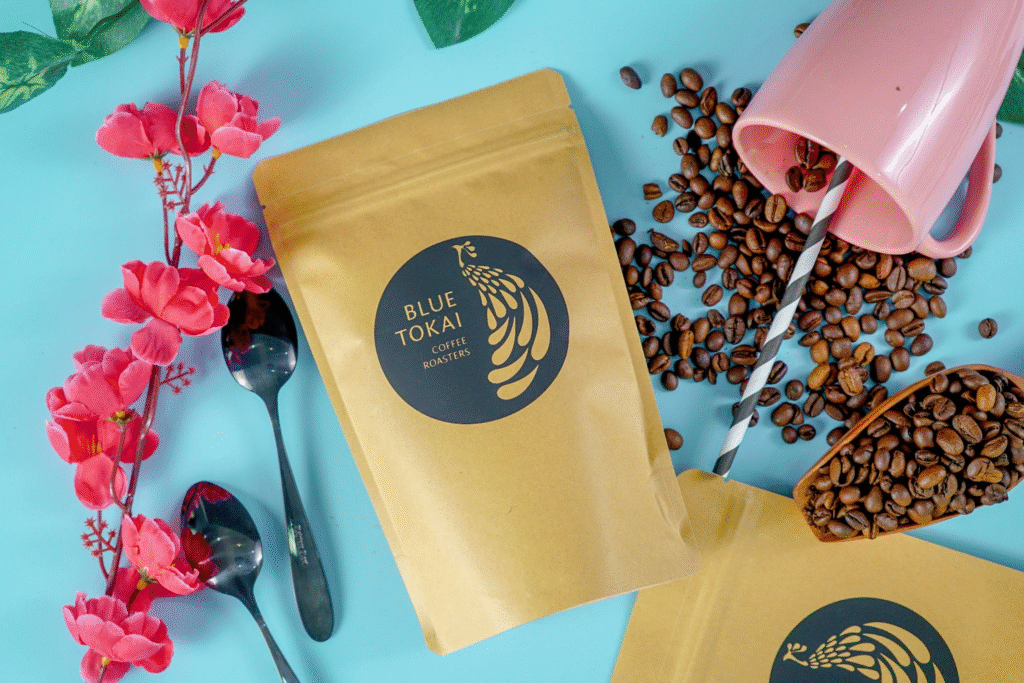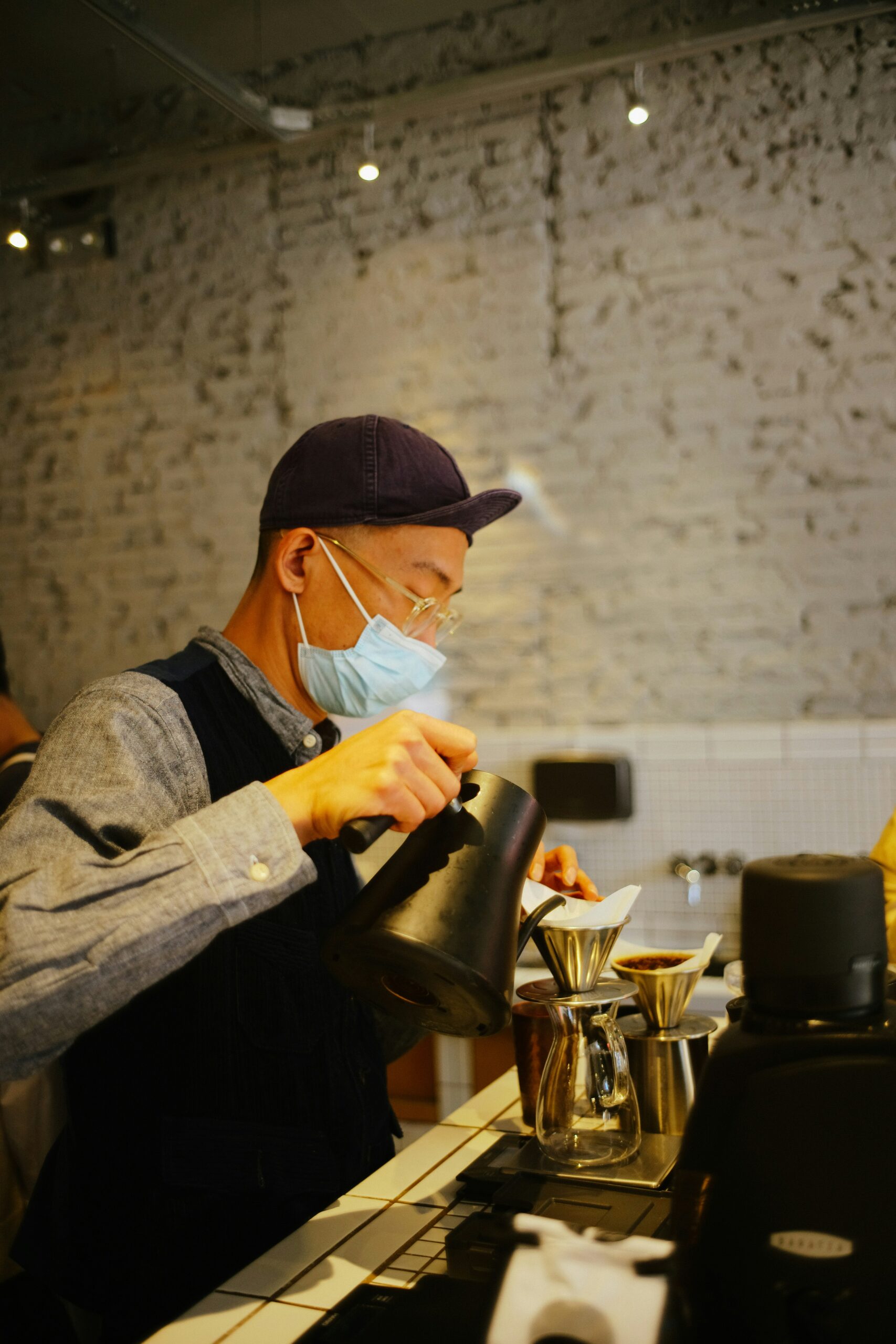Coffee culture has increased significantly in recent decades, which has become an integral part of the daily routine around the world. This growth leads to an important environmental challenge: Disposable coffee cups and heavy consumption of lid. Every year, millions of plastic areas end up in landfills, contribute to pollution and threaten ecosystems. To deal with this problem, the coffee industry turns to a durable lid, and an innovative solution that receives traction is the use of pappedeckel paper or that are environmentally friendly options for traditional plastic.
Environmental impact of coffee cup waste
The characters around the disposable coffee cup are surprising. It is estimated that globally there are more than 16 billion disposable coffee cups annually. While the cups themselves are often made of paper, it makes it difficult to recycle them inside the plastic lining and plastic lids. Especially plastic lids are an important contributor to environmental waste, as they can take hundreds of years to disintegrate.
By turning on permanent alternatives, the coffee industry can significantly reduce the organic footprint. Plastic -free lids not only prevent further pollution, but also indicate environmentally conscious consumers that companies take responsibility for the environmental impact.
The Rise of Sustainable Lids
Enter pappedeckel. These paper -based lids are designed to replace traditional plastic lids without compromising functionality. They are made of renewable materials and are often fertilizers and biodegradable, so they can be broken naturally when disposed of properly. Papdeckel comes in different designs, from simple flat lids to dome versions, which is suitable for cappuccinos and lattes.
Changes in these environmentally friendly alternatives are squeezed by large coffee chains, independent cafes and even fast food restaurants. Not only do these lid stability meet standards, but they also meet the growing demand from consumers for green alternatives in everyday products.
Benefits for businesses and consumers
Using a lid for a sustainable coffee cup provides many benefits for both businesses and their customers. For cafes and coffee chains, pappedeckel shows a commitment to environmental responsibility. This positive brand can help to attract and maintain conscious customers against the environment who prefer stability in the purchase decisions.
For consumers, using a coffee cup with a durable lid reduces individual environmental effects. Many consumers are actively looking for how they can reduce the waste imprint and choosing a cup with a cup instead of a plastic lid allows them to do it without changing their daily routine. This small change can make a big difference when millions of coffee purchases are multiplied worldwide.
Innovation and trends in coffee packaging

The coffee industry does not just stop on the paper lid. Companies are looking for innovative packaging solutions that further enhance stability while maintaining functionality. For example, some marks are completely introduced by biodegradable cups made of plant-based materials, designed to work originally with the peel lid. This combination ensures that the entire disposable package is compostable and environmentally friendly.
In addition, new heat -interested paper lids reduce the risk of burning, as well as lids with special designs to keep topping that whipped cream without leakage. Some companies also experiment with reusable and refundable cup programs, the least waste. These innovations suggest that sustainable practice and convenience can go by hand, making it easier for both companies and consumers to embrace environmentally friendly solutions.
Challenges and ideas
While changes to the durable lid are promising, there are some challenges.pappedeckel lid can sometimes be more expensive than traditional plastic lids, especially when high quality, is completely sour of fertilizer. This cost factor can prevent small businesses from switching immediately.
Cleanliness is another idea. Paper lids can be corgi if exposed to fluids for extended periods, even though ongoing research and improvement of materials are addressing these problems. In addition, the right settlement is important. In order to distribute environmental benefits for Pappeckel lid, they must be appropriate livestock manure or recycled. Therefore, educating both employees and customers about the right settlement methods is a mandatory part of the permanent coffee infection
Looking forward: The future of coffee packaging
The future of the coffee cup bends towards stability. As the awareness of environmental issues increases, consumers require green areas, and companies react with innovative solutions. Pappedeckel represents an important step in this movement and provides a practical, environmentally friendly alternative to the plastic lid.
Industry experts estimate that over the next few years, more cafes and coffee chains will fully use compostable packaging, including both cups and lids. Advancement in Material Science, combined with increasing environmental rules, will further increase this change. Consumers can expect to see the growing number of coffee products characterized by pappedeckel lid and other biodegradable innovations, making it easier to enjoy the daily cup coffee without coming to the planet.
Conclusion
Continuous coffee coat lid is no longer a niche alternative – they have become a standard in responsible coffee service. A clear example of using pappedeckel is how small changes can have a major impact on the environment. With innovation, consumer demand and environmental responsibility, the coffee industry makes a way to reduce waste and promote permanent practice.
For consumers, it is an easy but effective way to contribute to environmental protection to choose a coffee cup with a paper lid or detect cafes that prefer stability. For companies, investing in environmentally friendly packaging as Pappeckel shows a commitment to the planet, which increases the reputation of the brands.
